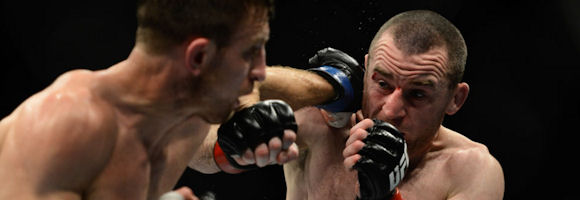
Neil “2 Tap” Seery was propelled to the forefront of the Irish MMA movement on June 1 2013 when he became the Cage Warriors flyweight champion after a stunning armbar finish brought an end to his contest with Mikael Silander in front of his hometown crowd in the Helix.
Seery’s record didn’t allow him to stand out from the densely talented scene initially, but his move to the 125 lbs bracket and his eventual signing with UFC have delivered a host of new fans to the Dubliner in the last year. Putting on two pugilistic showcases in his first two bouts under the UFC banner, the Finglas man has gone from strength to strength and the announcement of his third promotional outing for Dana White & Co is eagerly anticipated.
Not as vocal as some of his countrymen that have joined the roster of the world’s flagship MMA promotion, Seery’s ascent through the ranks has been somewhat of a mystery to a lot of Irish MMA fans. However, the Team Ryano man did his best to outline his road to the world’s flagship promotion in the latest installment of Foundations.
“I used to play for Erin’s Isle, football and hurling, I did anything that was going. There wasn’t a sport that I wasn’t in on back then,” the Irish stalwart explained his sporting interests before he turned to combat sports.
It wasn’t until his teenage years that “2 Tap” would find his true calling. It began with karate, but it was obvious from very early on that Seery found a “hobby” to obsess over, a term he still uses despite having claimed a world title and now holding a place on the roster of MMA’s biggest promotion.
“I started karate when I was 15. Two of my kids are in the same gym as I used to train in and they’re both black belts. I started boxing on the sly while I was there but when I’d go back to karate they could see I was doing other training.
“I didn’t want to tell them, but every time we’d be doing a bit of sparring my hands would come up to block as if I was boxing, but in classic karate stance they should be down. So they’d ask me was I boxing and I’d say ‘no, no, no’ but eventually I admitted that I was. I had to choose between the two and I ended up picking boxing.
“The only problem that I had with the boxing was that I was always the smallest. I’d always be sparring these monsters and they weren’t holding back on their punches. I’d be going home dizzy, we would spar every day. I was doing more damage to myself than good,” he said.
Seery went on to explain how he never found a fixed training facility during his boxing days. Instead, he would try to spar as many different people as he could.
He remembered: “I trained everywhere. I’ve nearly been in every boxing gym in Dublin but I never fought professionally. It was all amateur but I was all over the place, I probably could’ve fought more had I stayed in one gym. I was just always looking to spar with different people. I just kept moving around until I found the right place.
“Another problem was that all the gyms were closing down. Willie Hanlon on Hanlon’s Corner, that was a really good boxing gym and then Willie packed it in so I moved to Olympics on Capel Street. I trained there for years but then when parking fees came in the cost just got colossal.
“I moved around again and I found the gym down at Croke Park, just over the handball alley, that was where I trained with Paul McEvoy for a few years. It was great down there, it was a small room, but it was great.”
However, Paul McEvoy was not running a boxing gym at all. It was McEvoy who founded Shika MMA, a familiar name to many on the Irish scene in it’s formative years, a gym that would also provide Rush Fight Academy head coach Paul Cowzer with his first taste of the sport.
“We did more messing around than training, it was the first bit of MMA I’d ever done,” Seery reminisced on the early days at Shika. “We were helping each other feel different things out. We knew how to do a guillotine, we knew how do a triangle and we’d be watching videos to learn techniques.
“We didn’t have mats on the walls or even mats on the ground, sometimes we’d be training on carpet. We had no headgear for sparring, the gloves we had were dirty old things, we had no shin pads – we had nothing. We were actually just kicking lumps out of each other and if you did a wall drill you could be planted up against a radiator.
“I got good sparring, good stand-up fighting and so I would get fights on them cards that John and Andy were running, it was Ring of Truth at the time, and guys would just take me down. I had no wrestling, no ground game or anything like that. I only had boxing, if they took me down I was fucked.”
It was his lack of prowess on the ground that led Seery to pursue a new coach:
“It got to the stage where I had to get some type of grappling training in so I went down to Andy’s, he was in Baldoyle at the time. He had a big gym down there at the time and I’d give him a few quid and train.
“It got to the stage where he was asking me was I going to move over to his team and as soon as I was asked I dived all over it. I went and I told Paul and he wished me the best of luck, he knew himself that I’d have to move on if I wanted to take the sport seriously.
“I was getting beaten because of wrestling and jiu jitsu and I would fight anyone. It wouldn’t matter to me at all, there would be made weight differences but it wouldn’t bother me. The highest weight I fought at was 75kg.
“I used to do weight training down in the Sportslink during the week, we only trained MMA twice a week, I used to bench 140kg. I was really big, but I’m a midget, they were just so much taller than me. These lads were cutting weight and shit like that, I knew nothing about that. I just had breakfast and go in to fight.
“Then, when the fight was over I’d go straight to the bar and start drinking. I was just losing all the time and when you’re as competitive as I am, losing is never an option.”
Seery highlighted why he felt that a move to MMA would be better for him having trained in the sweet science for a number of years.
“You don’t take that many shots to the head, with boxing it’s from the neck up that you’re taking the shots. You can recover from body shots but when it comes to taking heavy hits off heavy guys, you just can’t be doing that shit everyday.
“When I went down to train MMA I had a real advantage in the stand-up because of my boxing. I just loved the training, the competition. Everyone else would be down in the pub and I’d be in the gym, I liked it that way.
“Even before when we were younger they’d be on the corner smoking weed and drinking, I’d just grab my gym bag and off I’d go. I had got myself wrapped up in a load of shit before and I saw it as my way out.”
Although many would consider Seery as Team Ryano’s marquee fighter, the understated former champion is adamant that there is no such thing in the Andy Ryan club.
“Team Ryano is a different breed compared to most of the other gyms you’d go into. If you came down and sat in the gym for a week you could probably understand what we’re like. There are no superstars at Team Ryano, nobody is treated any different from one another.
“No matter if you’re in UFC, Cage Warriors or you don’t compete at all – we’re all treated the same. If I miss training Andy eats the head off me. If I’m shit in training, if I’m not putting in the work, I’m getting pulled to the side over it. That’s the way it should be.
“The way I see it is – I’m not nothing without them, but they’re something without me. I need them, they don’t really need me because that business is gonna keep ticking over whether I’m there or not,” he said.
At 34 years of age Seery is evidently still improving coming off his memorable display over Phil Harris at UFC Dublin. Despite this, the Finglas man revealed that before his 2013 flyweight title win he did contemplate hanging up his gloves:
“I had a plan to before I fought for the Cage Warriors title that I was gonna finish up, I think it was 2012. I had been around a long time, there was nothing really happening even though I was winning for Cage Warriors. It was never about money for me, it’s always been about keeping myself going.
“Then it got to stage where I was asking myself – ‘what the fuck else am I going to do?’ That’s more worrying to me now than it ever was – how am I going to fill these hours when it’s over? I can’t see it yet but it’s worrying.
“I’m still improving, I feel a lot better now because I train smarter. If I’m injured I’ll take a break, if I’m tired I’ll go asleep. Most days I was dragging myself out of bed, going to the gym and getting bet and then coming home and being in the height of it. Now I’m just riding the wave.”
@PetesyCarroll
You can check out all the other instalments of Petesy’s ‘Foundations’ series here!
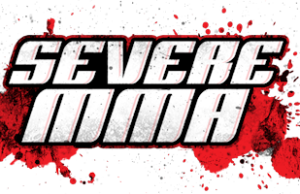

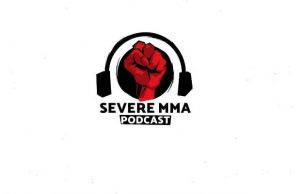
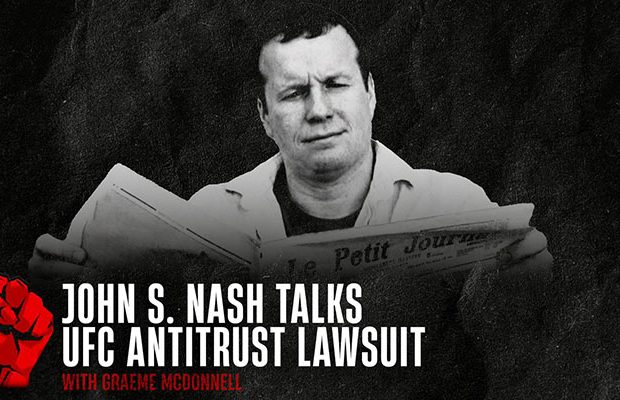


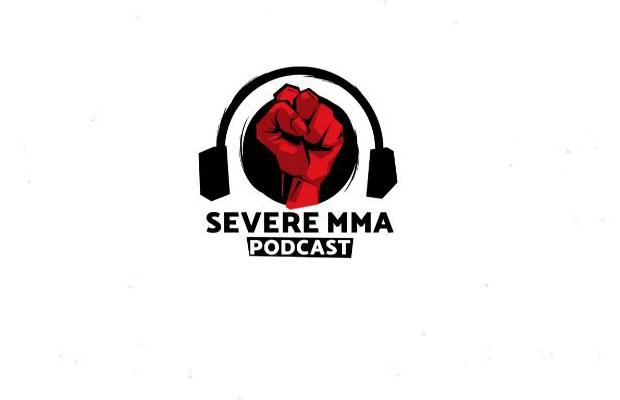
0 comments